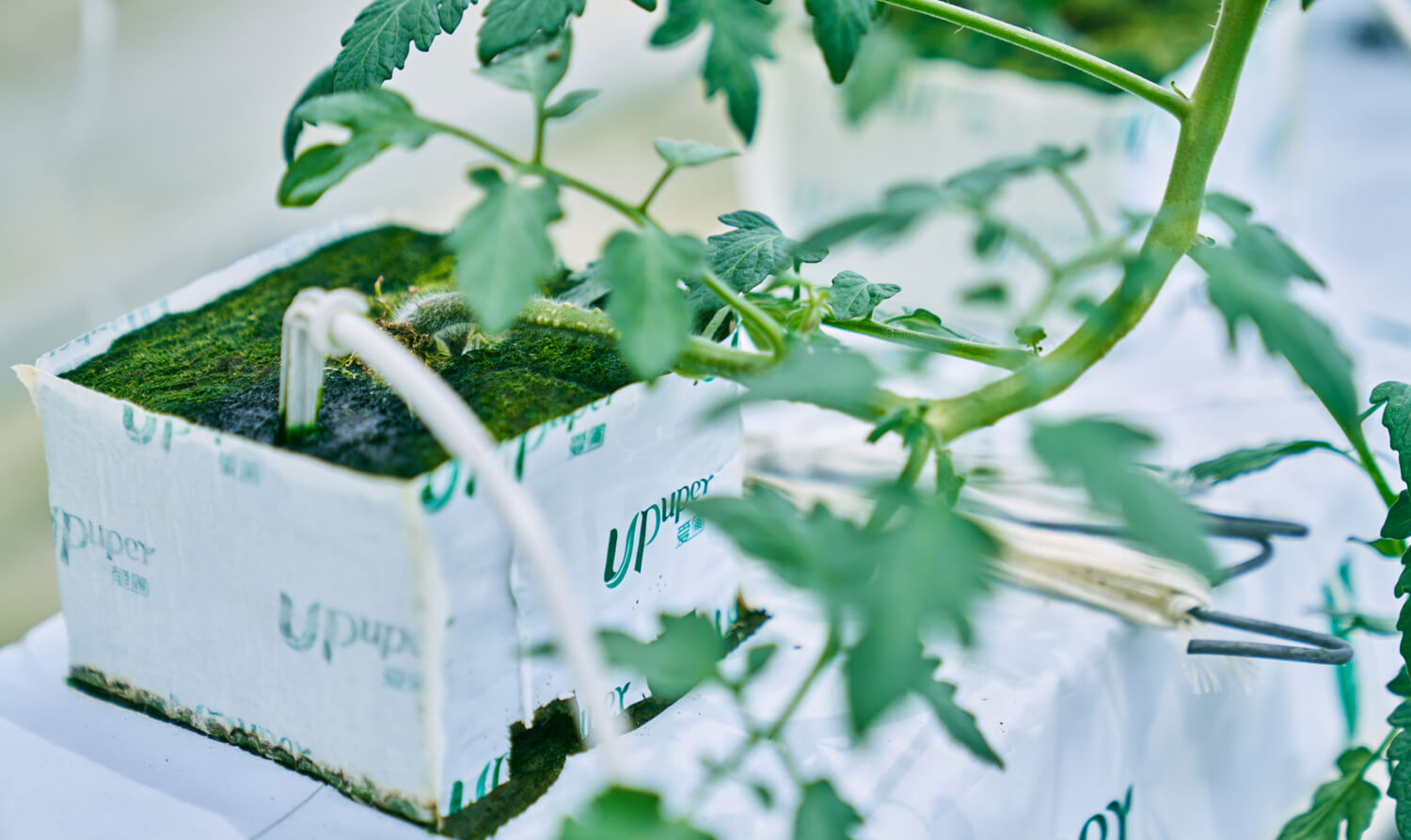Agriculture is the origin of human development, however, with the population keep growing, the old traditional agriculture model is no longer able to meet the growing needs of the population. The future supply of resources could be seriously affected. According to Forbes magazine, agricultural production will have to increase by 60% by 2030 to meet human demand.
At present, the transformation of traditional agriculture to digitalized agriculture has become an inevitable trend. Through the change of agricultural technology, the scale, industrialization and precise development of agriculture can be achieved. Those can help promoting agriculture to increase the income and pushing agriculture to a new level. So those points below are the digital transformation trends in agriculture.
1.The Internet of Things (IOT) and sensors in agriculture
The Internet of Things (IOT) is disrupting the agricultural industry in a wonderful positive way. According to a report published by Cisco, the IOT alone could create $14.4 trillion value for agriculture. The IOT is simplifying the collection, inspection and overall distribution of agricultural resources by using sensors on devices and materials. The strategic deployment of sensors in farmland, coupled with the help of image recognition technology, can allow farmers to see their crops from anywhere in the world.

These sensors send updates to farmers in time, so they can make changes accordingly to what growing stage the crop was in at that time. Even if the grower doesn't have much gardening skills, they can be informed through these apps whether the plants need watering or other types of nutrition to make them grow better. Such large-scale deployments would significantly increase food production and reduce waste, which is exactly what the industry needs.
2.Agricultural robots
Just as other industries use robots and artificial intelligence (AI), robotics in agriculture can help increase productivity and help to improve yields and harvest rates. these robots are using camera scanning and computerized image analysis systems, they can be used 24/7 between different crops to complete tasks such as weeding, fertilizing, picking and sorting etc to increase the efficiency of traditional farming while reducing human effort.
3.RFID technology and tracking
Once the fruit has been harvested, RFID technology (which is a wireless system which is used to control, detect and track objects) can be used to track food from the greenhouse to the market and then to the user's kitchen. The end-user or consumer is able to track the detailed production route of the food they buy from the market. This technology can increase the trustworthiness of manufacturers and push them to always provide fresh products.
If all crops are applied with RFID, Those outbreaks and scares about produce could be minimized and the tracking system could also help to reduce consumer concerns about allergens.
4.Machine learning and analytics
One of the most innovative parts of the digital transformation is the ability to use machine learning and advanced analytics to dig data trends, it can start before seeds are planted. Machine learning can predict those traits and genes that are best suited to crops, providing farmers around the world with seeds that are best suited to local geographical and climatic conditions.
Machine learning algorithms are also very suitable to the production side of agriculture. When consumers buy their products, these algorithms can show which products are being bought mostly and which ones are being eliminated from the market. Thus, it creates skilled and effective forecasts for the agriculture future.
In fact, in some developed countries these agricultural technologies are already being widely used. Although China is a large agricultural country, it is not a developed one and the gap with developed countries is still relatively obvious. With the rapid technology and economy development, especially when China continues to increase the supports for agricultural development, more and more farmers will also benefit from the agriculture digital transformation trend in the future, they don not have to worry about the environment any more. Through modern greenhouse management models with new planting methods such as soilless rock wool precision planting and agricultural technology sensor systems and other facilities, farmers are able to grow more productive and high quality crops. Their interests are firmly guarded and will speed up the modern agriculture!








